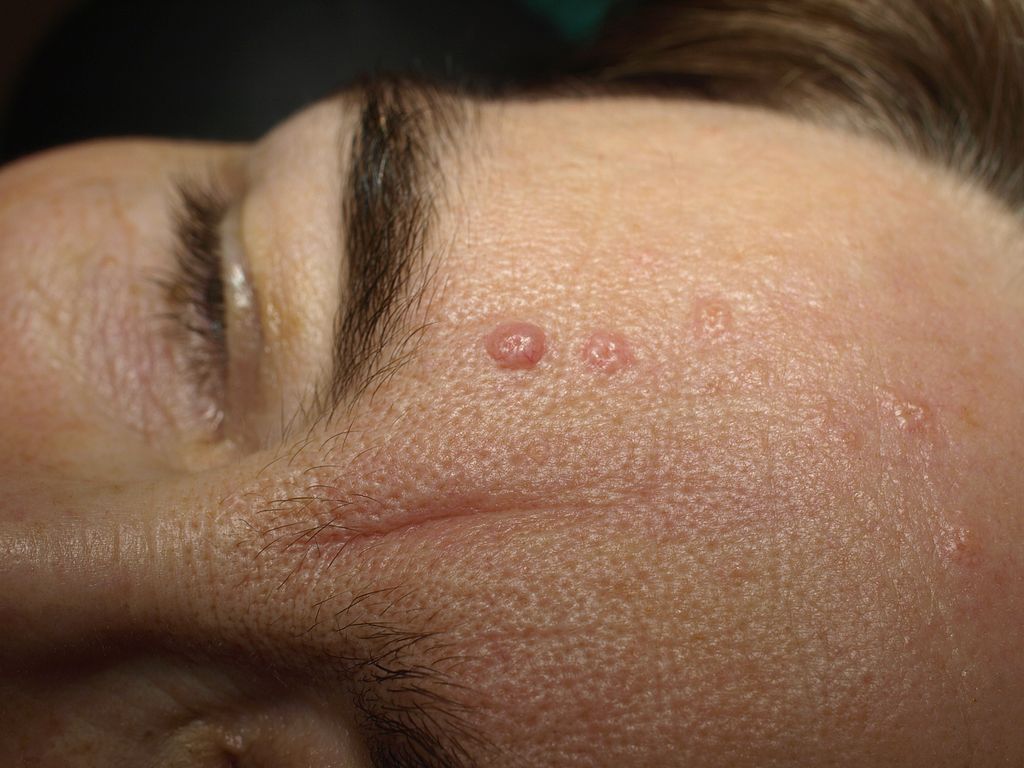
Facts About Seborrheic Keratosis
Seborrheic keratosis is a common skin formation that can initially cause concern because of its tendency to look like a pre-cancerous skin growth or skin cancer. In fact, these growths are benign.
Since it usually affects people who are middle-aged or older, seborrheic keratosis also goes by other names, such as wisdom spots and barnacles. It can appear on people with all skin types. It’s also hereditary. Some women can develop seborrheic keratosis when pregnant or after hormone replacement therapy.
Beginning as a small bump, seborrheic keratosis gradually thickens and becomes wartlike. The colors can include: brown, gray, white, pink or black, but all have a classic waxy scale. Sizes range from less than half an inch to two inches. It commonly appears on the back, stomach, scalp, face and neck or any other part of the body — except for the palms and the soles of the foot. It may also appear smaller around the eyes.
Seborrheic keratoses are usually painless, but since they are raised, they can be snagged on clothing and traumatized, causing them to swell, scale up, and become itchy. This does not convert them to anything dangerous; just irritated, at which time they can be treated with cryotherapy (freezing and destroying the growth).
“Make sure to have any suspicious bumps examined by your dermatologist,” says DeSilva Dermatology’s Dr. Thushan DeSilva. “We want to make sure that it’s a seborrheic keratosis and not skin cancer.” A dermatologist can usually diagnose seborrheic keratosis visually and enhanced by dermoscopy (a hand-held magnifier) to minimize the need to biopsy.
If you find new, suspicious growths on your skin, contact DeSilva Dermatology at (830) 331-4150 for an appointment.

 Next Post
Next Post


